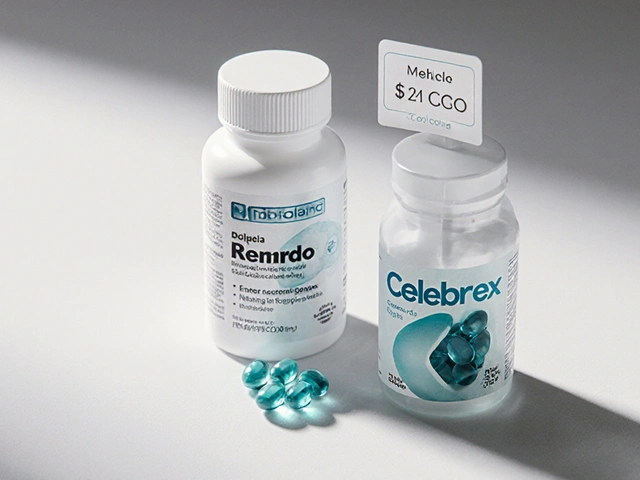Iron for Athletes: Why It Matters and How to Get Enough
Ever feel wiped out after a short run or notice your recovery taking forever? Chances are your iron levels could be the hidden culprit. Iron is the engine that powers the blood cells that carry oxygen to your muscles, so low iron means less fuel for every rep, sprint, or lift.
Spotting Iron Deficiency in Training
Most athletes don’t realize they’re low on iron until they start missing workouts. Typical signs include constant tiredness, shortness of breath during easy jogs, frequent colds, and a pale complexion. If you’re a female athlete, heavy menstrual periods add extra risk. A simple blood test that checks ferritin and hemoglobin can confirm whether you’re truly deficient or just feeling the usual training grind.
Don’t guess—talk to a sports‑medicine doctor or a registered dietitian who can interpret the numbers. They’ll also help you decide if you need a prescription‑strength iron pill or if dietary changes will do the trick.
Best Food Sources & Supplement Strategies
Iron comes in two forms: heme (found in animal foods) and non‑heme (plant foods). Heme iron is absorbed better, so include lean beef, chicken liver, or turkey in your meals a few times a week. For plant‑based athletes, beans, lentils, tofu, spinach, and fortified cereals are solid options, but pair them with vitamin C‑rich foods like oranges or bell peppers to boost absorption.
Timing matters too. Avoid drinking coffee, tea, or calcium‑rich dairy right after an iron‑rich meal because they can block absorption. Instead, wait two hours before reaching for that latte.
If diet alone isn’t enough, low‑dose iron supplements (around 18 mg daily) are usually safe and cause fewer stomach issues. Take them on an empty stomach with a glass of water, then follow up with a vitamin C snack. Watch for side effects such as constipation or dark stools—if they’re severe, talk to your clinician about switching to a different form like iron bisglycinate.
Remember, more isn’t always better. Excess iron can damage organs and increase infection risk. Stick to the recommended dose and get your blood work repeated every three to six months while you’re supplementing.
Putting iron into your training plan is simple: schedule a blood test, tweak your meals with iron‑rich foods, and add a supplement only if a professional says you need it. With steady iron levels, you’ll notice faster recovery, steadier energy during long sessions, and better overall performance.
So next time you’re planning your pre‑workout snack, think about iron—your muscles will thank you.
10 June 2025
Tessa Marley
Discover why athletes can't ignore the role of iron in their training and recovery. Dive into the signs and risks of iron deficiency, how it affects performance, and surprising facts about iron-rich foods and supplements. Find out who is most at risk and get practical tips to maintain optimal iron levels. This long-form article is packed with actionable advice, latest data, and clear explanations to keep both amateur and elite athletes at their best.
Continue Reading...






